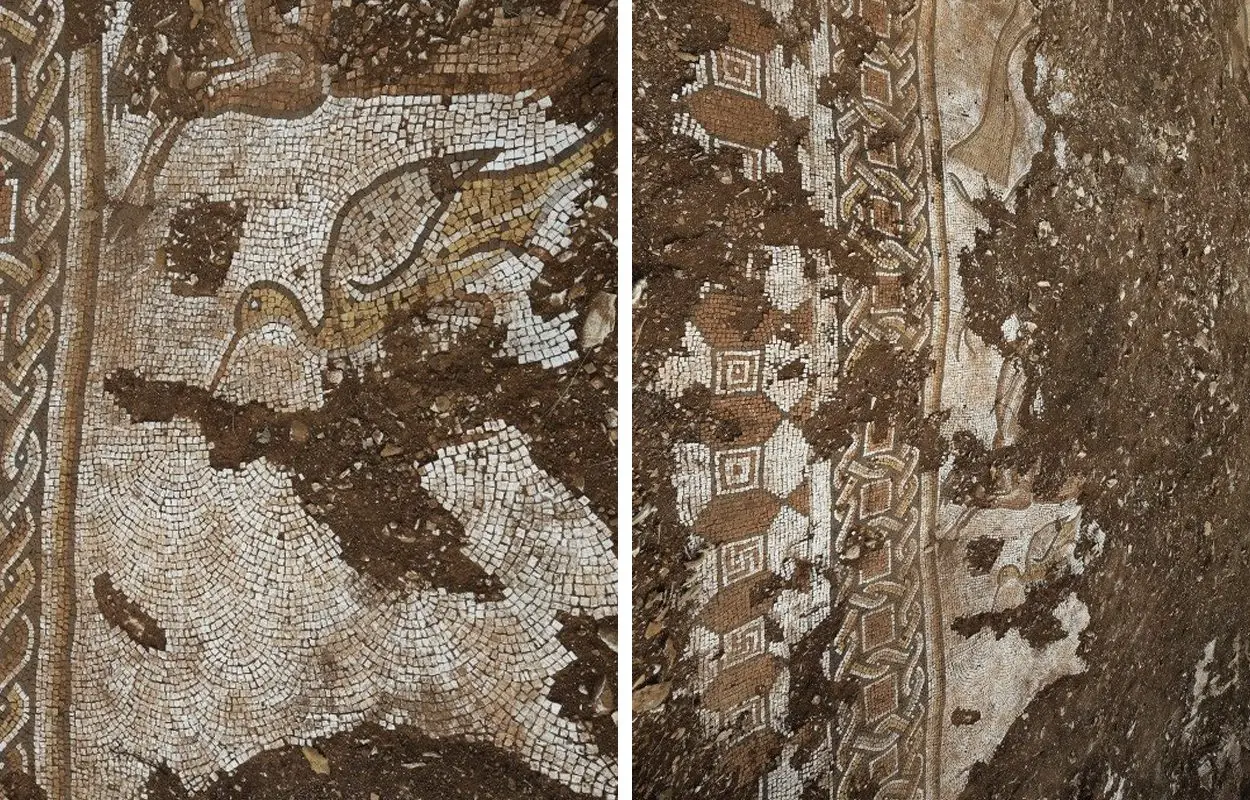Archaeologists conducting rescue excavations at a villa rustica site in Turkey have uncovered Roman mosaics depicting animal figures and sea creatures.
The discovery was made in the area of Kela Hanma (Lady’s Castle), located near the village of Uzunkaya in Turkey’s Mardin province.
The villa is a rural settlement dated to the 5th and 7th century AD, which is defined by a pars urbana (main house), and the pars rustica (farm area). Villas of this type would serve both as a residence of the landowner and their family (and servants), and also as a farm management centre.
The site has been the subject of illegal excavations, resulting in a rescue project by researchers from the Mardin Museum and the Diyarbakır Restoration and Conservation Regional Laboratory Directorate.
Upon inspecting the area, the team found multiple unauthorised excavation pits, resulting in significant damage to the architectural remains and the underlying archaeological features.
Despite the damage, the rescue excavation has uncovered a large mosaic floor measuring approximately 100 square metres, which features intricate patterns of fish scales, triangles, hexagons, octagons, arches, as well as depictions of trees, waterfowl, octopuses, fish, mussels, seals and aquatic plants.
According to Abdulghani Tarkan, director of the Mardin Museum, mosaics depicting animal figures and sea creatures are typical of this region and have been found in surprisingly good condition despite the level of damage to the site
“The area is not just limited to the rural villa. There are different architectural remnants on the southern slope and a necropolis area,” said Tarkan.
Archaeologists now plan to carefully lift the mosaics and transport them to the Mardin museum for public display.
Header Image Credit : Halil İbrahim Sincar/AA





